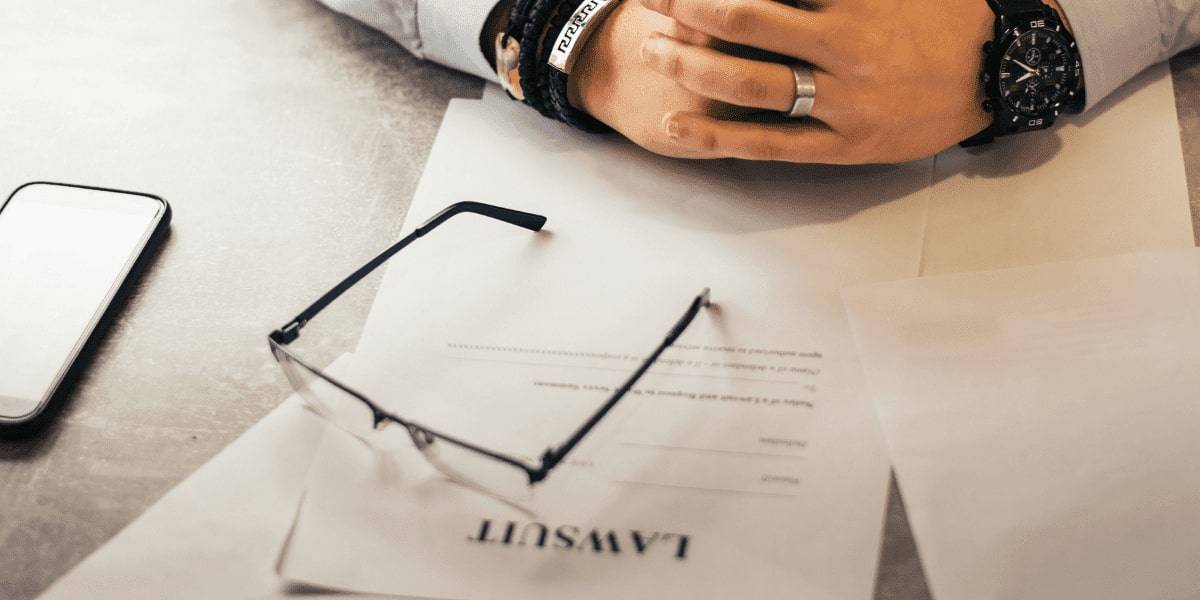
The aftermath of an accident can leave individuals reeling, grappling with both emotional and legal complexities. In Florida, navigating the personal injury lawsuit process is a crucial endeavor for those seeking justice. This detailed guide aims to demystify the journey, equipping you with the knowledge and confidence to move forward.
1. Identifying a Legitimate Personal Injury Case
Personal injury law in Florida encompasses a wide array of scenarios where harm is caused due to someone else’s negligence or oversight. From car accidents to injuries caused by defective products, it’s essential to determine if your situation constitutes a valid legal claim.
This is where a reliable and experienced injury attorney can help. They should have a reliable process for helping you walk through the situation from top to bottom and determine if you have a legitimate claim to make that has caused damage. Do research and find a trustworthy attorney first.
2. The Initial Legal Consultation
Promptly consulting with a personal injury attorney is crucial. These legal professionals assess the strength of your claim and outline the legal road ahead. During this initial meeting, you’ll share your story, provide important documentation, and receive initial legal advice. Many attorneys offer contingency fee arrangements, making legal assistance more accessible.
3. In-Depth Case Analysis
Once you have legal representation, a thorough investigation of your case begins. This stage involves gathering strong evidence, such as eyewitness accounts, photographs, and medical reports. Pinpointing liability and proving negligence are key objectives at this juncture.
4. Crafting and Sending the Demand Letter
After the investigation, your attorney drafts a demand letter to the opposing party, outlining your claim’s details and the compensation sought. This step also initiates negotiations, often with insurance companies, which may lead to a settlement without court involvement.
5. Filing the Lawsuit
If negotiations fail to produce an agreement, filing a formal lawsuit becomes necessary. However, be mindful of Florida’s statutes of limitations, as delays in filing can jeopardize your claim.
6. The Discovery Process
Both parties engage in a structured exchange of information during discovery. This involves various methods like subpoenas for documents, depositions, and written interrogatories, aiming to clarify each side’s position.
7. Considering Alternative Dispute Resolution
Before a trial, parties often explore alternative resolution methods like mediation or arbitration. Facilitated by neutral parties, these discussions can lead to mutually agreeable settlements.
8. The Trial
If a settlement is not reached, the case proceeds to trial. Here, evidence and legal arguments are presented before a judge or jury, who then deliberate to reach a verdict and determine compensation.
9. Post-Trial Proceedings
A trial verdict doesn’t always mark the end of the legal process. Appeals may be filed, extending the timeline. If the verdict is favorable, the process of disbursing compensation commences, addressing the damages suffered.
10. Adhering to Filing Deadlines
Every personal injury claim in Florida is subject to strict filing deadlines. Understanding and adhering to these time constraints is crucial to avoid forfeiting your right to compensation.
Conclusion:
The journey to justice in Florida’s personal injury legal system is layered with complexities. With accurate information and the support of skilled personal injury attorneys, you can effectively navigate this path, ensuring your rights are protected and justice is served. This guide serves as your compass in understanding and maneuvering through the intricate process of personal injury lawsuits in Florida.
